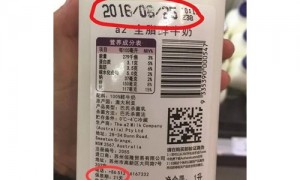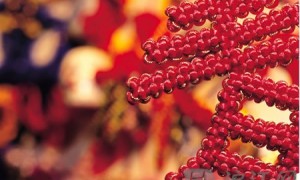Basic Information
Chinese name: mating
Foreign name: amphimixis, copulate, copulation, mating
Latin name: Coeuntibus
Aliases: Mating, biting seeds, artificial insemination, sexual intercourse
Behavior: Sexual Behavior
Purpose: Fertilization and reproduction
meaning
The mating activity of birds and fish can be called mating, and the mating of fish is also called seed biting. The male sperm enters the female and fertilizes the egg. But if the fertilization process occurs outside the body or there is no sexual intercourse, it is no longer mating, such as in fish (male and female expel germ cells into the water to complete insemination) or artificial insemination.
Natural mating is the mating of most animals (such as birds, reptiles), which is the docking of the reproductive opening (cloaca) of both sides, while in humans and other mammals, the male genitals (penis) enter the female genitals (vagina), that is, sexual intercourse . Mating is caused by instinct, sexual desire and corresponding triggers (eg: peacocks' screen opening, odor molecules emitted by female dogs, etc.). Like frogs, which are in vitro fertilization, during the frog breeding season, female frogs lay their eggs in water, and male frogs immediately excrete semen. The sperm and egg complete the fertilization process in vitro.
type
1. Hybridization: Individuals with different genotypes mate with each other (also known as cross-breeding). Due to different gene chains, they cannot be perfectly connected, resulting in defects, so offspring cannot be fertile).
2. Self-crossing: Two individuals with the same genotype intersect.
3. Test cross: F1 intersects with recessive homozygotes.
4. Orthogonal and anticross: Relatively speaking, the father and mother in the orthogonal are exactly the mother and husband of the reverse cross.
5. Backcrossing: (the hybrid produced by the cross of two parents is then crossed with one of the parents) Generally, a variety with excellent characteristics is selected as the female parent in the first cross, and the male parent is used in subsequent backcrosses. The parent is called the reincarnated parent during backhanding. The purpose of backcrossing is to gradually strengthen the superior characteristics of the parent in the hybrid progeny, while transferring a certain advantage of the non-recurrent parent to the hybrid.








